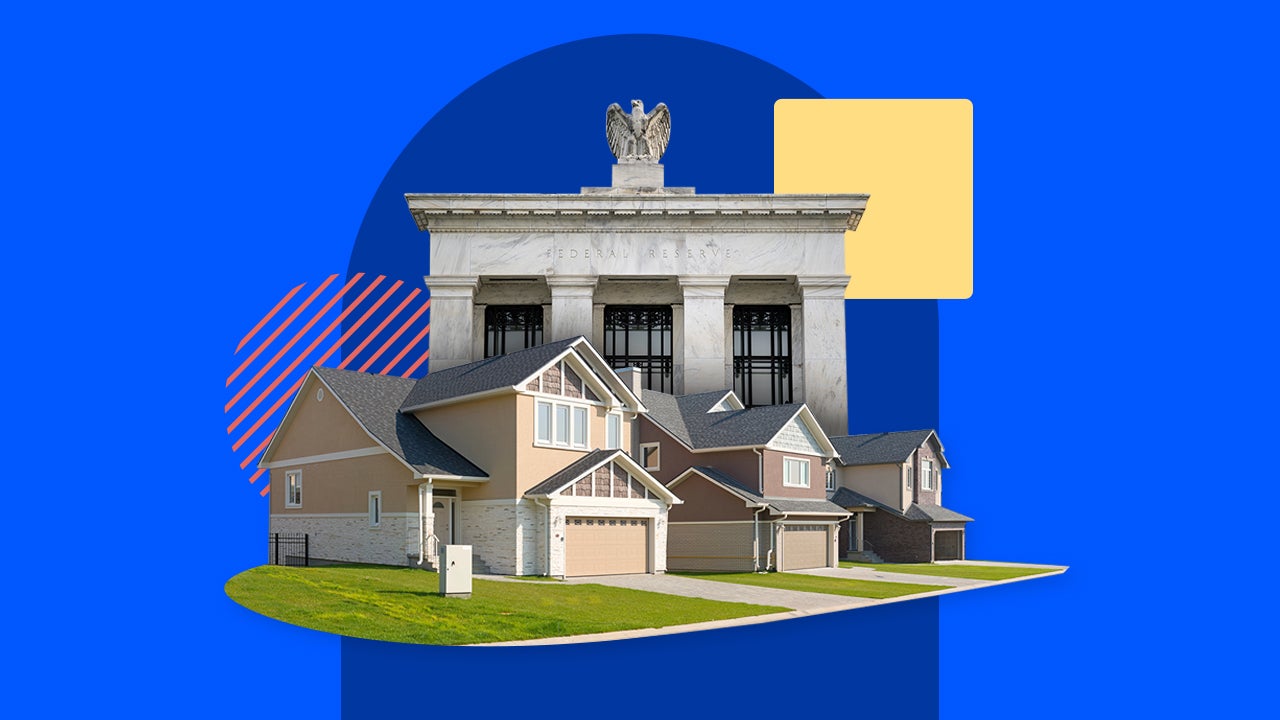How the Federal Reserve affects HELOCs and home equity loans

The Federal Reserve’s interest rate decisions influence what you pay for variable-rate home equity lines of credit (HELOCs) and new home equity loans. Let’s break down how the Fed’s monetary policy affects how much it’ll cost you to borrow against your home.
As expected, the Federal Reserve lowered interest rates by a quarter point for the second time in 2025.
The future direction of interest rates is a bit more cloudy, as Fed Chairman Jerome Powell said that the central bank is divided on what to do next. While one Fed official wanted a half-point cut at the October meeting, another official wanted no rate cut.
“We can’t do both, so we have to balance the two, and it’s a challenging thing,” said Powell at a post-meeting conference. “As we have worked our way through this process, you would expect that there will be a range of views across the committee on what to do and the speed with which we should do it.”
How do Federal Reserve decisions affect HELOCs and home equity loans?
When the Fed changes the federal funds rate — the interest rate banks charge each other for overnight loans to meet reserve requirements — it affects other benchmarks, including the prime rate. The prime rate usually runs 3 percentage points above the fed funds rate and tends to move in step with it.
Many home equity lenders directly tie the rates on HELOCs and home equity loans to the prime rate. Because HELOCs often have variable interest rates, the cost of borrowing can rise or fall with the prime rate and fed funds rate — making your HELOC more or less expensive.
Home equity loans come with fixed rates, so they aren’t as deeply impacted by Fed decisions. Once you close the equity loan, your rate won’t change. If you’re thinking of getting a new home equity loan now, however, the rates you see are influenced by the fed funds rate.
How soon do HELOC rates change after a Fed meeting?
It happens relatively fast. Current HELOC borrowers can expect their interest rate and payments to adjust within a month or two after a Fed rate change. Current home equity loan borrowers won’t see any difference, as their rate and payments are fixed. However, the rates advertised for new home equity loans will reflect any Fed change fairly quickly, as well.
“For new offers on both products, rates could change right away after the Fed makes a move,” says Ted Rossman, senior industry analyst at Bankrate. “It’s up to the lender, but when the market changes, they tend to adjust pretty quickly.”
If you already have a HELOC but haven’t drawn from it, rising rates won’t affect your wallet all that much. If you do owe, you’ll have a larger monthly payment to cover, usually within the next two billing cycles. This applies whether you’re in the draw or repayment phase.
If rates do rise, you might want to explore whether you can lock in a fixed rate on a portion of your HELOC balance. This isn’t an option with every lender, though, and there might be some limitations or fees if it is.
Key Fed moves that impacted home equity rates
Home equity rates typically follow the Fed’s interest rate moves, but influence HELOC rates more directly. During the COVID pandemic, the Fed slashed rates to near zero in an effort to stabilize the economy. As a result, HELOC rates dropped sharply in 2021, reaching record lows, falling below 4 percent.
Is now a good time to get a HELOC or home equity loan?
Home equity loan and HELOC rates are at or near their lows for the year, making home equity borrowing more attractive. Rossman says the monthly cost of a HELOC has fallen from $422 in late 2023 to about $327 now, but he puts the drop in context. “Home equity borrowing isn’t as cheap as it was in 2021, but it’s significantly less than it was in 2024.”
Those lower costs, coupled with record homeowner equity, could make this an opportune time to borrow a HELOC or home equity loan. Still, Rossman underscores the importance of borrowing for the right reasons. “Necessary home improvements, for example, are a much better use of the funds than going on vacation or buying a boat.”
Why we ask for feedback Your feedback helps us improve our content and services. It takes less than a minute to complete.
Your responses are anonymous and will only be used for improving our website.
You may also like


Pros and cons of refinancing student loans




